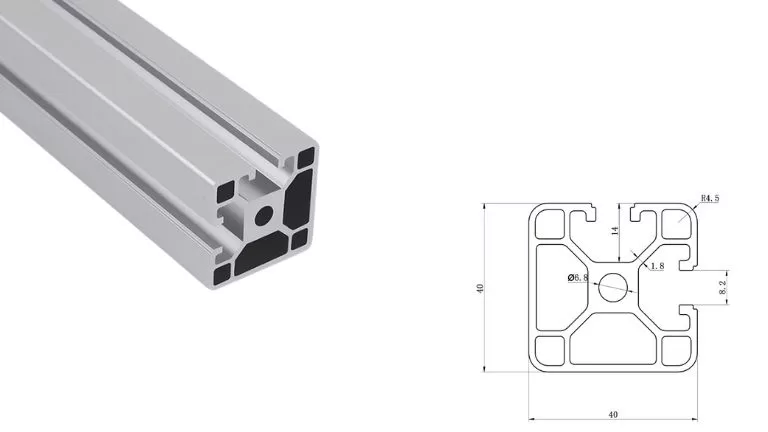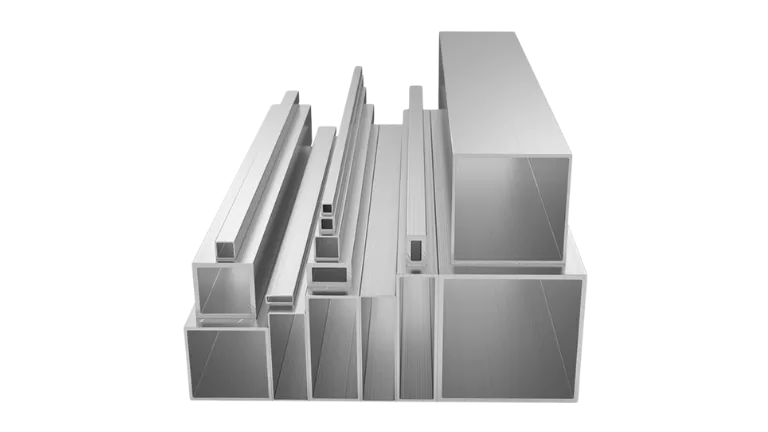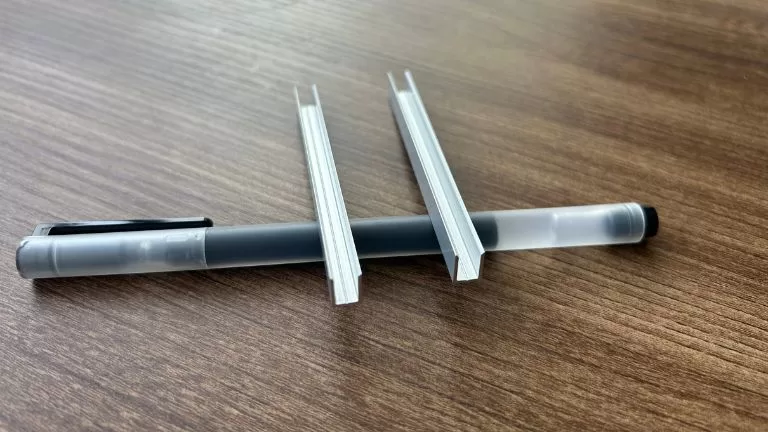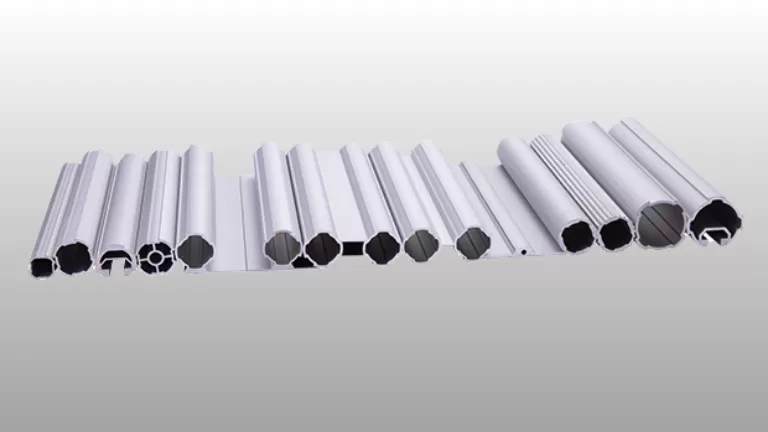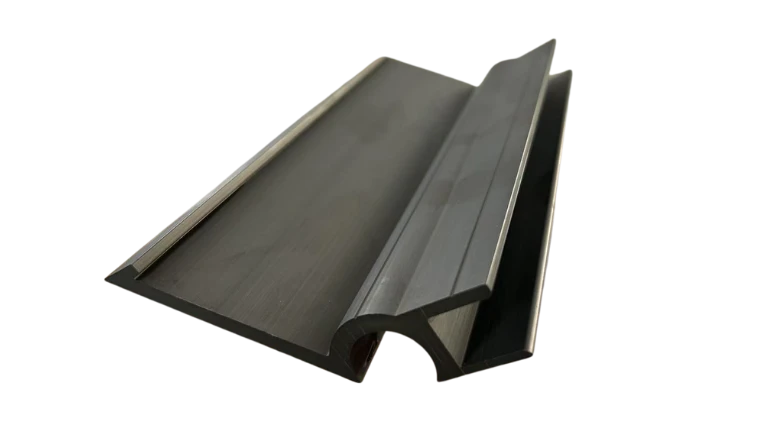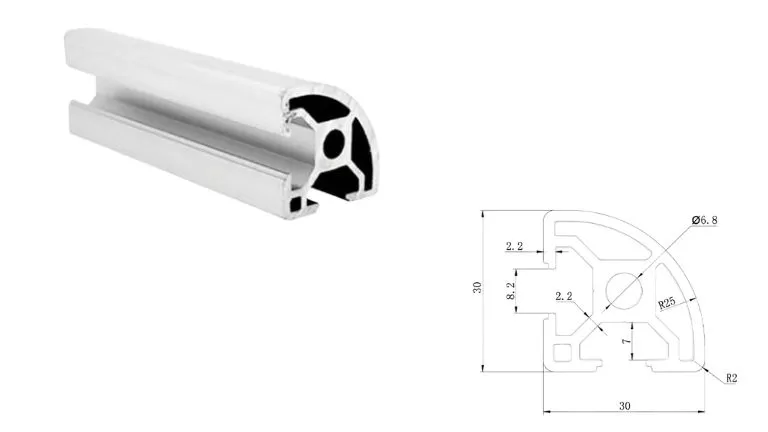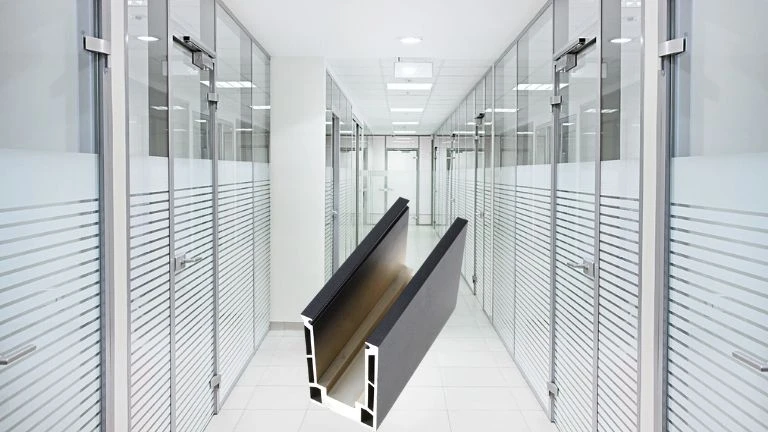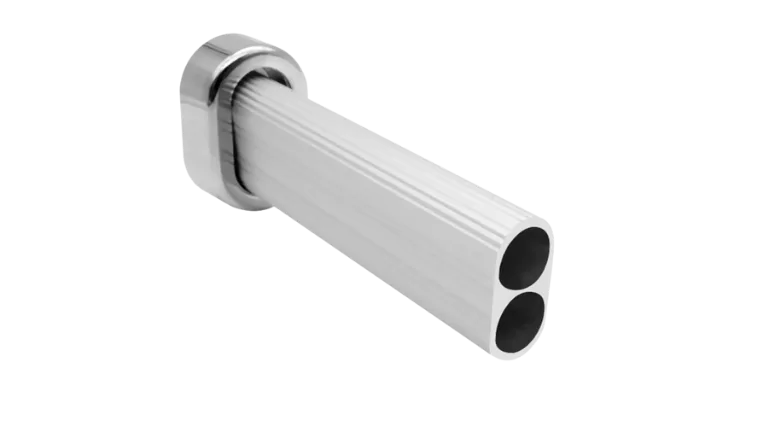Custom Aluminum Pipe Railing Profile
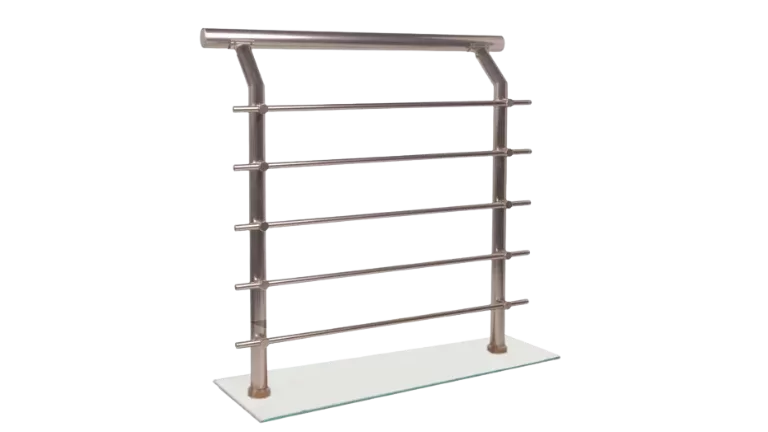
We provide customized multifunctional Aluminum Pipe Railings manufactured with advanced aluminum extrusion technology, offering comprehensive solutions for every stage of your project.
-
Custom Mold Development: We design and create tailor-made molds to meet your unique project requirements.
-
Versatile Surface Finishes: A wide range of surface treatments, including anodizing and powder coating, ensure both durability and visual appeal.
-
Precision Machining: Advanced fabrication guarantees high quality, accurate dimensions, and refined details for every railing.
-
Fast Delivery: Efficient production and logistics enable rapid turnaround to keep your projects on schedule.
Aluminum Pipe Railing
Aluminum pipe railing systems are constructed from extruded round or square aluminum pipes, resulting in precise, lightweight, and durable profiles that are easy to install and customize. Their versatility provides excellent corrosion resistance, low maintenance, and a modern appearance, making them ideal for various safety and design needs in residential, commercial, and industrial settings.
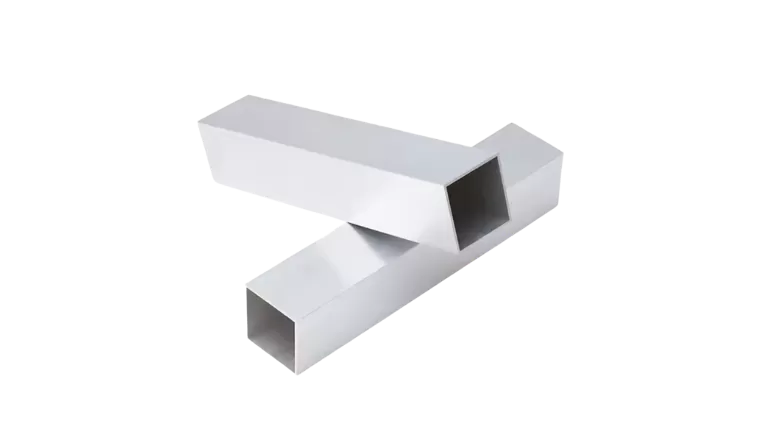
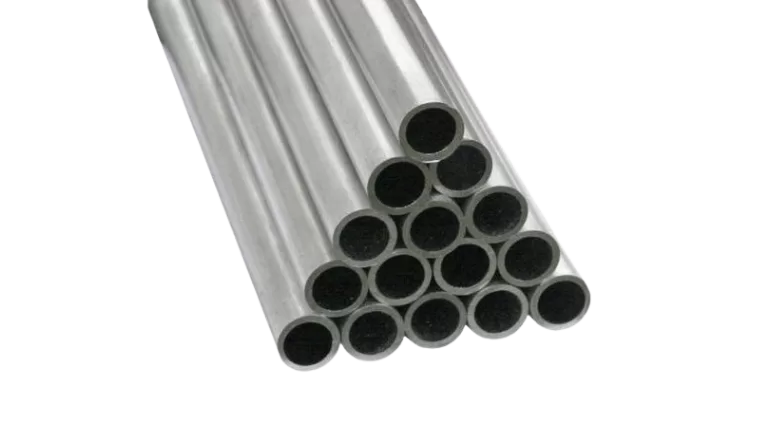
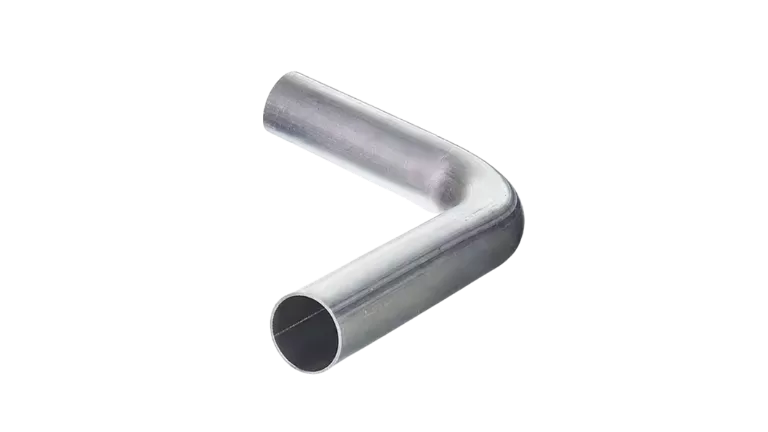
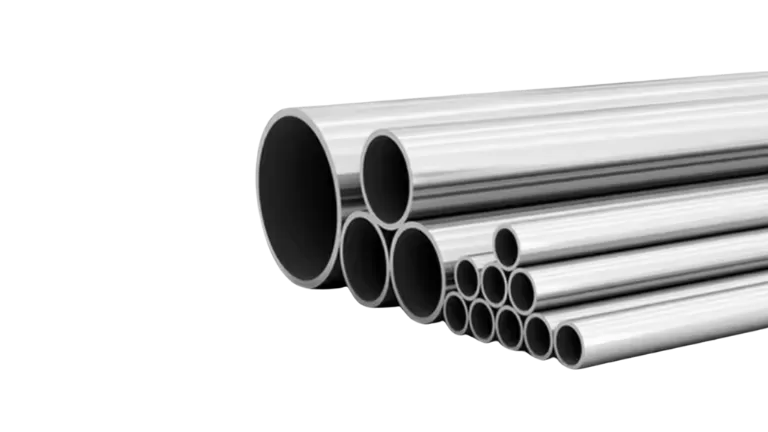
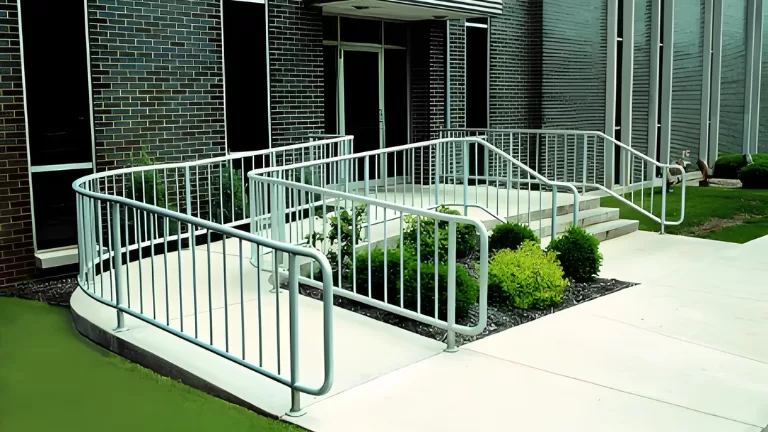
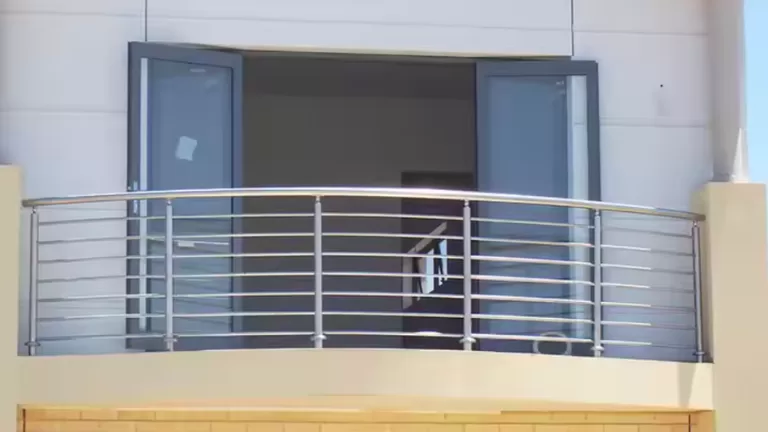
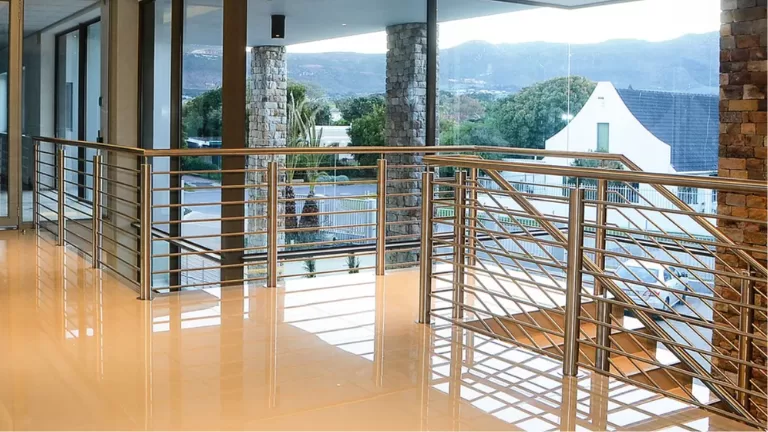
Common Use Cases
Aluminum Pipe Railings are widely used across a range of settings thanks to their durability, lightweight nature, and modern design. Common application scenarios include:
- Residential Buildings: Balcony railings, stair handrails, and garden or yard fences for enhanced safety and aesthetics.
- Commercial Spaces: Corridors, platforms, and dividers in offices, shopping malls, and hotels.
- Industrial Facilities: Safety barriers for factories, warehouses, elevated platforms, and workstations to prevent falls and accidents.
- Transportation Infrastructure: Safety guardrails in stations, docks, airports, bridges, and pedestrian pathways.
- Public Areas: Crowd control and area separation in parks, stadiums, playgrounds, and schools.
- Accessibility Features: Handrails for accessible ramps and pathways to ensure safe passage for people with disabilities.
- Outdoor Recreational Areas: Fencing and guards for swimming pools, rooftop gardens, and observation decks.
Pipe Railing Processing Capabilities
As a top aluminum extrusion supplier located in China, we focus on delivering premium Aluminum Pipe Railing solutions for various uses. Our process starts with bespoke mold development, allowing us to create accurate and flexible profiles specifically designed for railing systems. From initial pipe extrusion through to finishing treatments and precision fabrication, our comprehensive production capabilities guarantee that every railing product meets high standards and fulfills the distinct needs of each client.

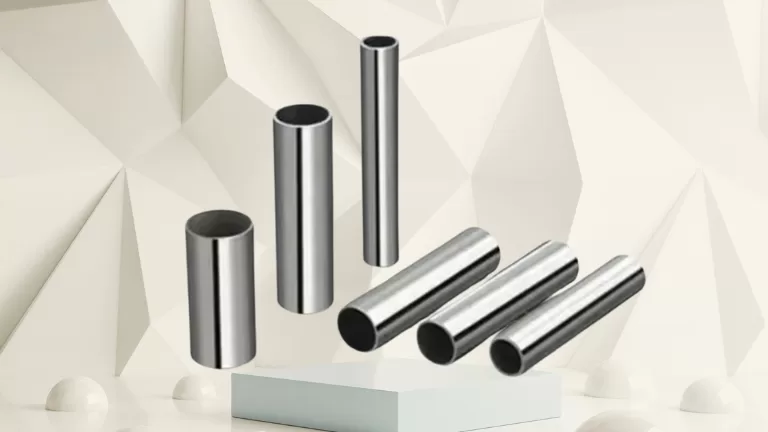
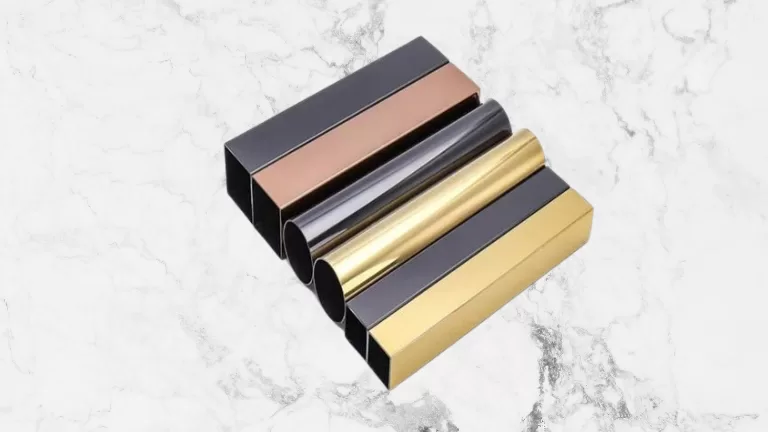

Common Material Grades
Aluminum pipe railings are typically made from high-quality alloys like 6061-T6 and 6063-T5/T6, chosen for their impressive strength, excellent corrosion resistance, and versatility in both structural and decorative settings. Here’s a closer look at these widely used materials:
1. 6061-T6: 6061-T6 is a high-strength aluminum alloy widely used in structural and mechanical applications. It boasts excellent mechanical properties and corrosion resistance, with a typical tensile strength of over 290 MPa and a density of approximately 2.70 g/cm³. After T6 heat treatment, the alloy’s strength and hardness are significantly enhanced, making it ideal for railing components requiring high load-bearing capacity.
2. 6063-T5/T6: 6063 aluminum alloy is well known for its smooth surface finish and superb formability, making it popular for architectural and decorative profiles. 6063-T5 undergoes extrusion and high-temperature aging, providing excellent corrosion resistance and suitability for anodizing. It is widely used for decorative and visible parts of railings. Its density is about 2.69 g/cm³, with a typical tensile strength above 205 MPa, and even higher in the T6 state.
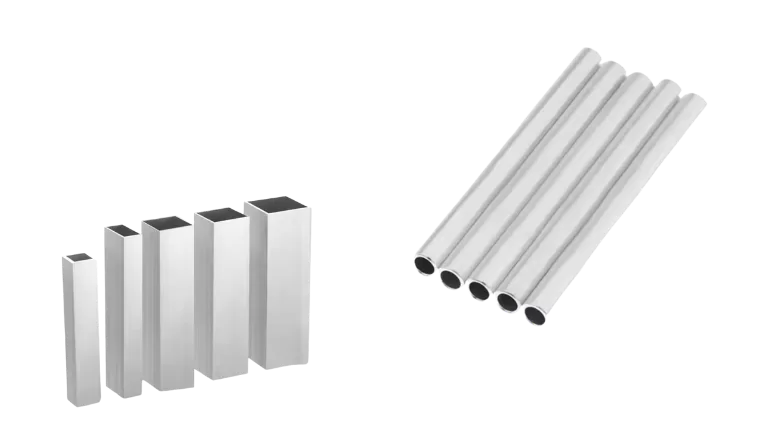
Aluminum Pipe Railing Features
1. Lightweight yet Strong: Aluminum pipe railings offer a high strength-to-weight ratio, making them sturdy without adding excessive weight.
2. Outstanding Corrosion Resistance: Aluminum naturally forms a protective oxide layer, making these railings highly resistant to rust and suitable for both indoor and outdoor use.
3. Low Maintenance: They require minimal upkeep—no need for frequent painting or sealing—just occasional cleaning to maintain their appearance.
4. Aesthetic Versatility: Aluminum railings can be finished with various coatings and colors, including anodizing, powder coating, or wood grain effects, easily matching different architectural styles.
5. Easy Installation: Aluminum is easy to cut, drill, and assemble, simplifying on-site installation and reducing labor costs.
6. Environmentally Friendly: Aluminum is fully recyclable, contributing to sustainable and eco-friendly building practices.
7. Safe and Durable: These railings retain their structural integrity over time and do not splinter or warp like wood, ensuring long-term safety and reliability.
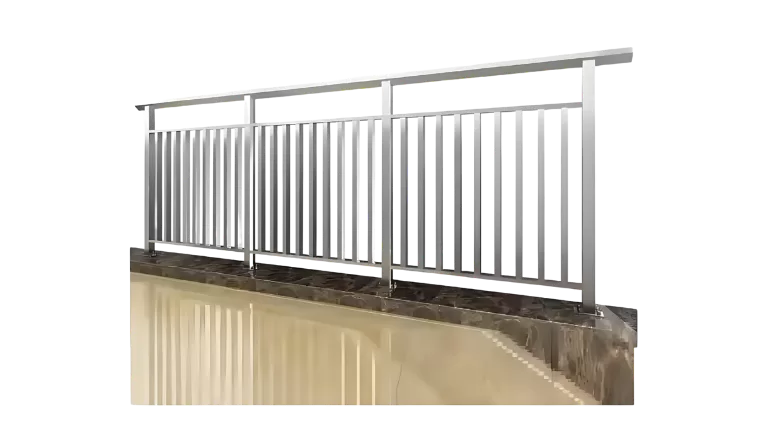
Aluminum Pipe Railing vs. Other Railings
| Feature | Aluminum Pipe Railing | Stainless Steel Railing | Iron Railing |
|---|---|---|---|
| Weight | Light | Medium | Heavy |
| Corrosion Resistance | Excellent | Excellent | Poor (can easily rust) |
| Maintenance | Low | Low | High (requires regular painting) |
| Aesthetics | Versatile finishes, modern | Modern, sleek | Traditional, less versatile |
| Strength | High (for most applications) | Very High | Very High |
| Installation | Easy (easy to cut & assemble) | Moderate (more machining needed) | Difficult (heavier, harder to process) |
| Cost | Medium | High | Medium |
| Environmental Friendliness | Recyclable | Recyclable | Recyclable |
| Typical Applications | Indoor & outdoor, residential & commercial | Indoor & outdoor, high-end projects | Mainly outdoor, industrial or classic style |
Factory Show
Our factory features 40 extrusion lines for efficient aluminum profile production. We offer a full range of surface treatments—including anodizing, electrophoresis, powder coating, sandblasting, and wood grain transfer printing—with advanced equipment. In-house casting, aging, annealing, water cooling, and machining ensure complete control and high-quality results for all products.
RFQ of Extruded Aluminum Pipe Railing
- Easy Handling: Due to its lightweight nature, aluminum pipe railing is easy to transport and handle on site.
- Simple Fabrication: Aluminum is easy to cut, drill, and shape using standard tools, allowing for straightforward customization and adjustments during installation.
- Modular Design: Many aluminum railing systems use modular components, which can be quickly assembled and secured with simple connectors or fasteners.
- Time-Saving: Installation is typically faster compared to heavier materials like iron or stainless steel, reducing labor costs.
- Versatility: Aluminum railings can be installed in a variety of settings, including stairs, balconies, decks, and walkways, both indoors and outdoors.
- Low Maintenance: Aluminum railings require minimal upkeep. They do not rust or warp, eliminating the need for regular painting or sealing.
- Cleaning: Routine cleaning with water and mild detergent is usually enough to keep the surface looking new. For anodized or powder-coated finishes, non-abrasive cloths are recommended.
- Durability: The natural oxide layer and available surface treatments (such as anodizing or powder coating) enhance resistance to corrosion and weathering, leading to a long service life.
- Inspections: It is advisable to periodically check railings for loose fasteners or connectors and tighten them if necessary to maintain safety.
The primary aluminum alloys used for extrusion belong to the 6xxx series, specifically 6061, 6063, 6060,6082 and 6066. These alloys are highly favored due to their excellent extrudability, good mechanical properties, and corrosion resistance.
- 6061: A versatile alloy with higher strength, suitable for structural and transportation applications.
- 6063: Known as the “architectural alloy,” it offers excellent surface finish and is widely used for decorative and structural purposes.
- 6060: Similar to 6063 but with slightly lower strength, ideal for intricate and thin-walled profiles.
- 6066: A high-strength alloy within the 6xxx series, often used in more demanding structural applications.
- 6082: A strong alloy with better mechanical properties compared to 6061 and excellent corrosion resistance, commonly used in high-load structural applications and in marine environments.
The 7xxx series alloys, such as 7075, are used in applications requiring extremely high strength and performance, such as aerospace and high-end engineering projects. However, they have lower corrosion resistance when compared to 6xxx alloys and are therefore less commonly used for general extrusion applications.
While 1xxx, 3xxx, and 5xxx series alloys can be extruded, they are generally used infrequently for extrusion due to their lower strength or other limitations compared to 6xxx and 7xxx alloys. These series are mainly used in specialized applications. Additionally, if extrusion products from these series are requested, higher minimum order quantities (MOQ) are typically required for custom production, as their demand is relatively low.
The heat treatment of aluminum extrusions determines their mechanical properties, strength, and suitability for specific applications. Among the various heat treatment methods, T5, T6, and T66 are the most commonly used. Here’s an in-depth look:
| Heat Treatment State | Cooling Method | Strength | Key Features and Benefits | Applications |
|---|---|---|---|---|
| T5 | Air cooling (fan) | Moderate | Adequate strength, good dimensional stability, used for architectural purposes. | Windows, doors, curtain walls, building structures. |
| T6 | Water quenching (fast) | High | Higher strength and hardness, ideal for industrial and structural uses. | Automotive, aerospace, machinery, transport parts. |
| T66 | Water quenching (fast) | Very high | Optimized mechanical properties for higher strength and performance demands. | Automotive, rail transportation, high-end machinery. |
Other Heat Treatment States
- T4: Solution heat-treated and naturally aged. Used in applications requiring intermediate strength and enhanced formability.
- T7: Overaged for better stress-corrosion resistance, often used for aerospace and marine purposes.
- O (Annealed): Very soft condition suitable for extensive forming or bending requirements.
- F (As-Fabricated): No heat treatment applied, used in non-critical applications with low strength requirements.
Aluminum extrusions undergo various surface treatments to enhance aesthetics, corrosion resistance, and functionality. Here are the common surface treatment methods used in the industry:
Main Surface Treatment Methods
Anodizing (Oxidation)
- Process: A controlled electrochemical process that forms a protective oxide layer on the aluminum surface.
- Features:
- Provides a durable, corrosion-resistant, and environmentally friendly finish.
- Produces a metallic finish with a variety of natural tones (e.g., silver, black, bronze).
- Improves surface hardness and protects against scratching.
- Applications: Architectural frames, decorative profiles, heat sinks.
Electrophoresis Coating (E-Coating)
- Process: After anodizing, the aluminum is coated with paint using an electrochemical process.
- Features:
- Enhances corrosion resistance and offers a smooth, glossy finish.
- Provides more color and texture variation compared to anodizing alone.
- Applications: Furniture profiles, indoor architectural components.
Powder Coating
- Process: Electrostatic application of powder paint, followed by curing under high temperature to form a solid coating.
- Features:
- Wide variety of colors and textures.
- Excellent weather resistance and corrosion protection.
- Cost-effective and highly versatile.
- Applications: Outdoor frames, fences, railings, general industrial use.
PVDF Coating (Polyvinylidene Fluoride)
- Process: A specialized fluoropolymer coating is applied in multiple layers, commonly over a pretreated surface.
- Features:
- Exceptional weather resistance and UV stability.
- Highly durable, resistant to fading, chalking, and chemical damage.
- Ideal for long-term outdoor use.
- Applications: Curtain walls, high-performance architectural facades.
Wood Grain Transfer Printing
- Process: A heat-transfer printing process that applies a wood grain effect onto a pre-coated aluminum surface.
- Features:
- Mimics the appearance of wood while retaining aluminum’s durability.
- Lightweight and weather-resistant alternative to natural wood.
- Applications: Furniture, decorative coverings, outdoor panels.
Film Lamination
- Process: Adhesive application of a protective or decorative film onto the aluminum surface.
- Features:
- Provides a glossy, textured, or patterned finish.
- Often used for applications requiring specific textures like marble or leather effects.
- Applications: Interior decor, windows.
Pre-Treatment Processes
Prior to surface treatment, the aluminum surface can be pre-processed for specific textures or finishes:
Brushing/Polishing
- Removes surface imperfections and creates a smooth, reflective finish.
- Often used for decorative purposes.
Sanding/Grinding
- Produces a matte or satin finish by applying abrasives.
Shot Blasting/Sandblasting
- Sprays abrasives at high velocity to create a textured surface, often used before anodizing for a uniform appearance.
Stretching and Tension Leveling
- Straightens the aluminum profile and improves shape accuracy after extrusion.
Cost and Durability Comparison Table
| Treatment Method | Process Cost | Surface Durability | Weather Resistance | Applications |
|---|---|---|---|---|
| Anodizing (Oxidation) | Medium | Very Durable | High | Architectural frames, industrial parts. |
| Electrophoresis (E-Coating) | Medium-High | Durable | Medium | Furniture, indoor parts, decorative uses. |
| Powder Coating | Medium | Highly Durable | High | Outdoor frames, industrial fixtures. |
| PVDF Coating | High | Extremely Durable | Excellent | Curtain walls, high-end exteriors. |
| Wood Grain Printing | Medium | Moderate (topcoat dependent) | Medium | Decorative panels, furniture. |
| Film Lamination | Low-Medium | Moderate | Low | Indoor decorations, windows. |
| Brushing/Sandblasting (Pre-Treatment) | Low | Not Applicable (Preparation only) | N/A | Preparation for further treatment. |
. Anodizing (Oxidation)
- Common Colors:
Natural silver
Black
Champagne
Light bronze
Dark bronze
Gold
2. Electrophoresis Coating (E-Coating)
- Common Colors:
Black
Champagne
Light bronze
Dark bronze
Custom metallic colors
3. Powder Coating
- Colors:
Can match any color based on the RAL color chart.
Offers textures like matte, gloss, satin, and custom finishes.
4. PVDF Coating (Polyvinylidene Fluoride)
- Colors:
Also customizable using the RAL color chart.
High-end finishes with matte or glossy effects.
5. Wood Grain Transfer Printing
- Colors and Patterns:
Mimics various wood types (e.g., oak, walnut, teak, mahogany).
Custom patterns available based on provided samples.
6. Film Lamination
- Colors and Patterns:
Includes textures like marble, leather, and solid colors.
Custom finishes and patterns based on provided samples.
Pre-Treatment Options (Impact on Final Color)
- Brushing/Polishing: Produces smooth or reflective metallic surfaces.
- Sandblasting: Adds a rough, matte texture before the final surface treatment.
We provide a wide range of machining services for aluminum extrusions to meet specific requirements. These include cutting off/section removal, slotting, drilling holes, tapping threads, bending, and localized stamping to create deformations. For example, we can trim extruded profiles to custom lengths, mill precise grooves, create threaded holes for fasteners, bend profiles into specific shapes, or apply localized stamping to achieve custom forms or deformation.
In addition to these processes, we also offer TIG/MIG welding to join aluminum components for a solid structure. Furthermore, our services include assembly of common accessories, such as brackets, corner connectors, screws, hinges, end caps, and rubber seals, providing complete and ready-to-install profile solutions tailored to your project needs. This ensures that we can handle everything from simple cuts to highly customized fabrication and assembly, all with precision and efficiency.
For custom aluminum extrusion projects, we accept a variety of drawing formats, including CAD files, STEP files, and PDF files. However, for extrusions that require additional machining processes, it’s recommended to provide STEP files, as they ensure precise 3D modeling for machining accuracy.
While PDF files are acceptable, converting them into CAD drawings may result in the loss of certain details, requiring us to manually redraw the design, which could increase lead time. For the fastest and most accurate quotation, we recommend providing CAD files (e.g., DWG/DXF) and STEP files to ensure efficient design evaluation and pricing.
Mold fees are an essential part of the custom aluminum extrusion process. Since every order requires a uniquely designed mold tailored to specific requirements, these molds cannot be used for other products. Therefore, the mold fee is necessary and non-negotiable.
We require 100% upfront payment of the mold fee before mold development begins to ensure timely production. However, as a token of appreciation for your support, we offer a refund of the mold fee or equivalent discounts once the order reaches a certain production volume. Specific policies can be discussed based on your order volume and collaboration details.
Our minimum order quantity (MOQ) varies depending on the size of the product. For smaller-sized products, the MOQ is typically 500kg, while for larger-sized products, it is 2 tons.
We will specify the exact MOQ requirements during the quotation process. If your order quantity does not meet the MOQ, we can still arrange production, but an additional fee will be applied to cover mold preheating and production setup time. Rest assured, this extra fee will be reasonable, and we aim to keep it as minimal as possible to ensure smooth cooperation.
Packaging can be customized according to your needs. Options include using protective film or paper to separate and protect the surface, or foam film for additional surface protection. Products can be palletized or packed into cartons, and the quantity per pallet or carton can be specified by the customer.
The standard packaging involves bundling several pieces together with plastic wrap and then securing them onto pallets. Any packaging requirements beyond the standard will be accommodated, and the associated costs will be clearly provided to the customer.
Mold production typically takes 7 days. After the sample is confirmed, producing a full container load of 26 tons generally requires 14 days for extrusion alone. If surface treatment is required, an additional 3 days will be needed. For machining, extra time will be required depending on the complexity and volume of the machining work. The exact additional time for machining will be determined based on the specific processing requirements.
Aluminum profiles are naturally corrosion-resistant due to the formation of a thin, protective oxide layer when exposed to air or water. This oxide layer is stable and self-repairing, meaning that even if the surface is scratched or cut (such as at exposed ends or during processing), the aluminum will not rust or corrode like iron or steel. Instead, the exposed areas will quickly form a new oxide layer, providing continuous protection against further oxidation.
With proper design, installation, and maintenance, aluminum profiles can last for decades, even in challenging environments. For example, untreated aluminum can easily withstand 20-30 years in outdoor applications, while profiles with surface treatments like anodizing or powder coating can last even longer, often exceeding 50 years. This makes aluminum an excellent choice for applications where durability and long-term performance are essential.
The price of aluminum profiles consists of several components: raw material costs, extrusion processing fees, surface treatment fees, machining costs, and additional packaging fees. Among these, the cost of aluminum as a raw material tends to fluctuate frequently, while other fees remain relatively stable. Due to these fluctuations, our quotations are typically valid for 7 days.
Pricing can be structured in different ways depending on the product and requirements. It can be calculated by weight (e.g., cost per ton), by length (e.g., cost per meter), or by piece (e.g., cost per unit). For products involving extensive machining, such as heat sinks, pricing is generally calculated on a per-piece basis to accurately reflect the additional processing costs. This flexible pricing approach ensures the quote is tailored to the specific needs of the customer.
We can manufacture aluminum profiles in compliance with technical requirements that meet European standards (EN), American standards (ASTM/AA), or other standards as specified by the customer. Custom production is tailored to ensure that the profiles meet the specific standard requirements requested.
Our production equipment is designed for the metric system. If the drawings provided are in the imperial system, we will convert them into metric units for production to ensure accuracy.
It is important to note that while we can machine imperial-threaded holes for fasteners, if you require us to supply matching imperial fasteners, they may not always be available in stock. Custom orders for imperial fasteners typically require a large volume for production. Please consider this when planning your project.
